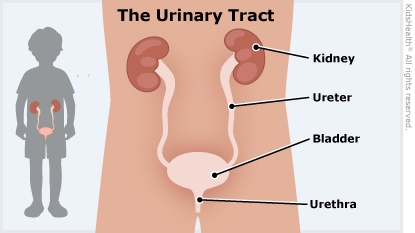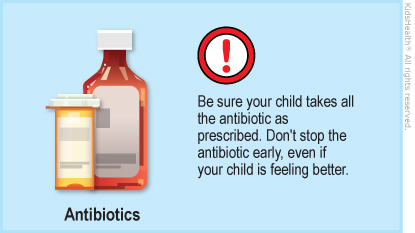Urinary tract infections (UTIs) happen when bacteria (germs) get into the bladder or kidneys. This can cause a fever, pain when peeing, bad-smelling pee, an urge to pee often, bathroom accidents, belly or back pain, and other problems. Taking antibiotics kills the germs and helps kids get well again. To be sure antibiotics work, you must give all the prescribed doses — even when your child feels better.



Your child:


Your child:

How do health care providers diagnose UTIs? UTIs can show up differently depending on a child's age. A baby may have a fever, throw up, or be fussy. Older kids may have a fever, pain when peeing, lower belly pain, or an urge to pee often. Kids who are already toilet trained may have bathroom accidents when they have a UTI.
To diagnose a UTI, health care providers ask questions about what's going on, do an exam, and send a sample of pee for testing.
How can we help prevent UTIs? These steps can help prevent new infections: